Forgotten Farm Truck
To work no more, so many miles travelled, now there’s time for rest. Here’s an ancient farm truck found out on the Alberta Prairie, stripped down, forgotten and abandoned, that once was a farmer’s pride and joy. Toiling away in obscurity taking grain from field to granary or to market and then do it again and again, the decades passing till broken and worn out and it could do no more. Picture it…without this here hunk of rusted metal, there would have been no farm here.
And now it commands our attention, even if for just a moment. We circle and it’s bullet holes and glass shards, bent and twisted steel, rubber turning to dust, many parts salvaged or removed, rust and decay, a grain box of rotting wood near collapse. A sad scene this. Then picture it all shiny and new, fresh from the factory, the new owners beaming on being handed the keys. Then it’s off to work and the years rush by.
The truck dates form the depths of the depression, a time when not many farmers could even afford a new vehicle. It’s a Ford, a 1935 or 1936 – the two model years as best we could see are near identical with little to nothing to differentiate one from the other. But keep in mind we’re not that good at it either, admittedly. Of course, experts are welcome to chime in down there in the comments section. The beast is powered by the legendary Ford Flathead, the first low cost mass produced V8. Other makes uses straight sixes.
Looking at the general well-worn condition of the truck it’d be safe to assume they got many decades of service out of it and it’s conceivable it was in use even into the 1960s and who knows, perhaps beyond. The tires, as far gone as they are, seem to match examples we found in some old late 1950s/early 1960s era parts catalogues. If that means anything.
Regardless, farmers of old always got good use of things, out of necessity. With that we know the truck was well used for many years and it was probably not until it was totally worn out before it was retired and replaced. We wonder how many rounds trips were made to the local grain elevators – a twenty click there and twenty click back outing to the (then) nearest one. On the rough roads of the day, that’d eat up many hours, doubly so if it rained recently. Driving out in rural Alberta back in the day was an adventure at the best of times and required steady nerves and patience. You had no choice.
Back when new a truck this size would be suitable for farming operations of the time, which were generally small quarter or half section affairs. Today, you need many sections and Super-B to take grain to market. Things change and farming is on a big scale now.
The door signage, hand painted, is a unique feature and is still quite clear and readable. Usually, after sitting out in the weather they fade to nothing. This speaks of the former owners, who must be all long gone now, and the pride they had in what they did. Family connected to them, by marriage, still own the land where the truck sits and the fields around.
Obscured by brush, another trucks sits nearby. It’s well stripped of parts.
There used to be a farm house here on this property. All that remains is a foundation. And over there it’s some scattered junk in the grass and a shed or two to remind us of what was here. Steps away there’s a clothes line, pegs at the ready. It’s strange how some little things were left behind like this when the people up and went away. These details to remind us a family once lived here. We can see it now – a house, smoke from the chimney, a barn with chickens a cows, kids playing in the yard, a dog running free, the farmer arriving home in time for dinner after having brought a load of wheat to the local elevator, in that truck. It plays out like a movie.
On the winding road home – we always take the long way – a chance encounter with a train. Of course we stop and snap off a couple photos. It’s our thing. But then almost everything fascinates us in some way. This was a CPR work train on the Calgary-Lethbridge Line (Aldersyde Subdivision, built 1910s) and heading south, gondola cars filled with what looked to be old cross-ties. And in a flash it’s gone and it’s quiet again. Here on the boundless plains silence and still is the norm and from time to time it’s overwhelming.
Old iron on the plains…
Old Jack’s.
Lakefront Collection.
Nash-Nash-Ford.
If you wish more information on what you’ve seen here, by all means contact us!
Date: June, 2018.
Location: Lethbridge County, AB.
BIGDoer.com was here with permission.
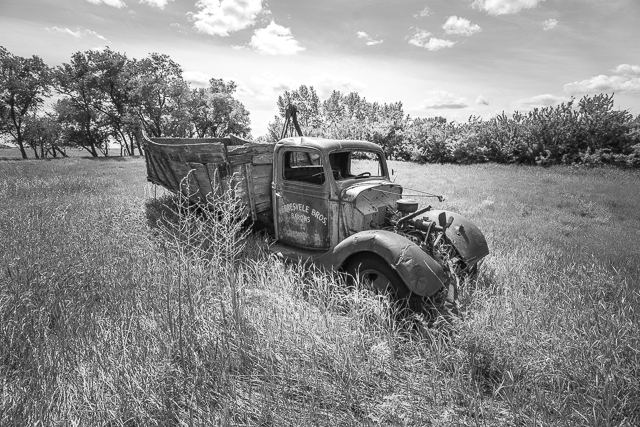
This forgotten farm truck.
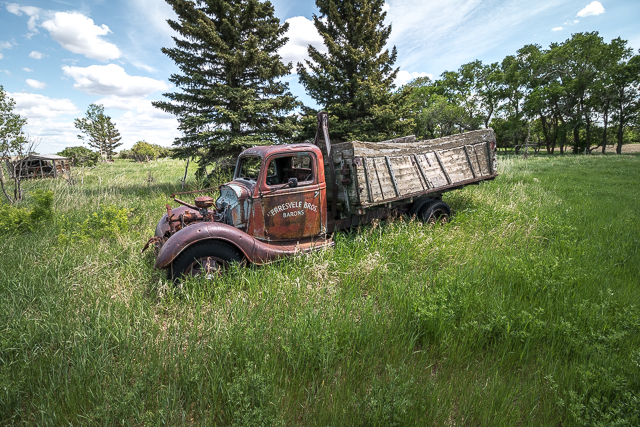
The old signage makes it rather unique.
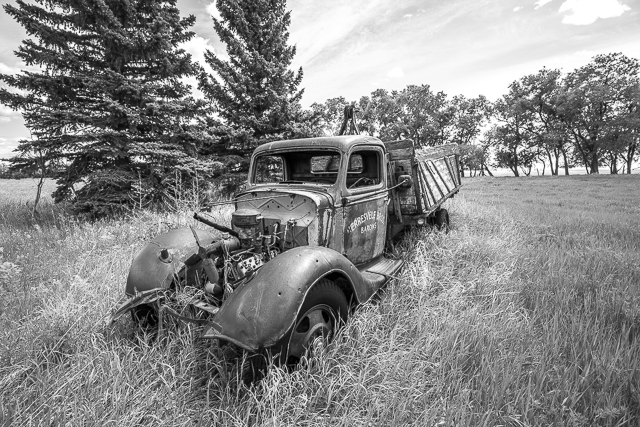
No longer shall it toil…
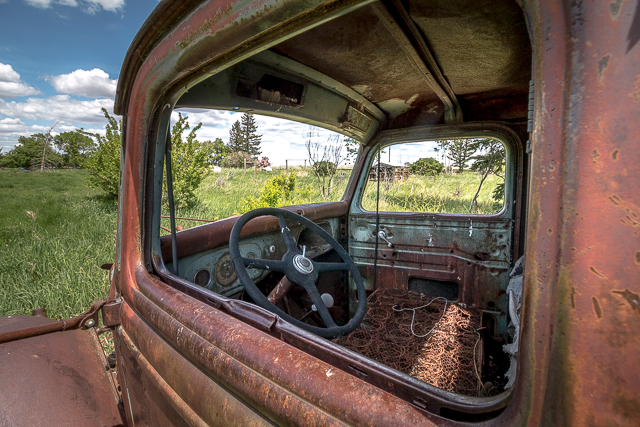
All the miles behind it now…
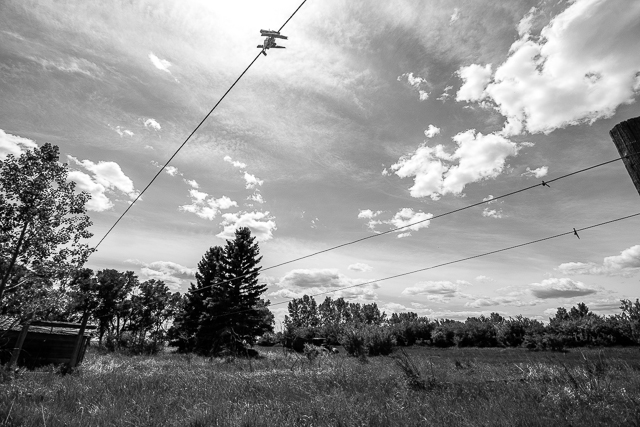
The farm’s gone but the clothes line remains.
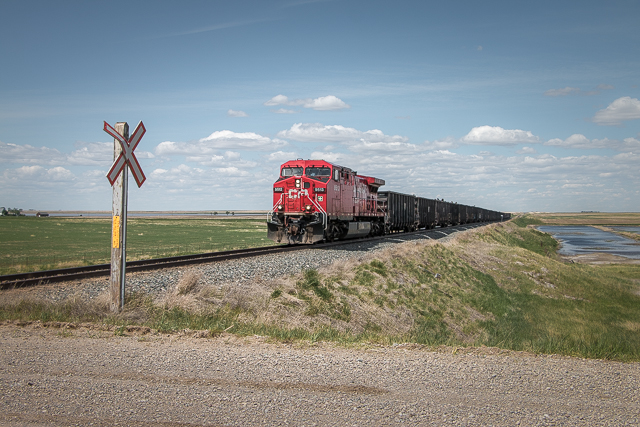
Taking the long way home, this chance encounter.
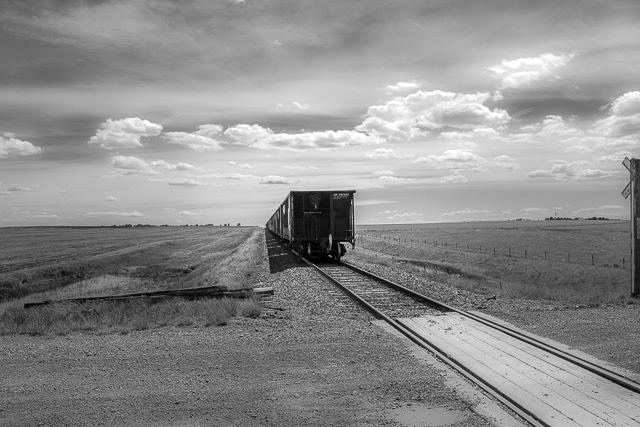
In a moment it’s gone and silence returns.

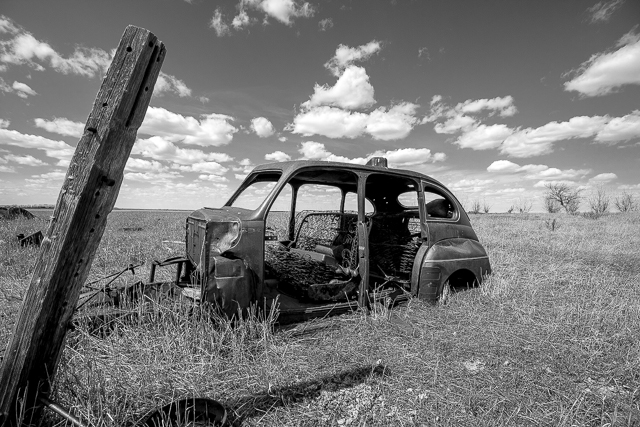
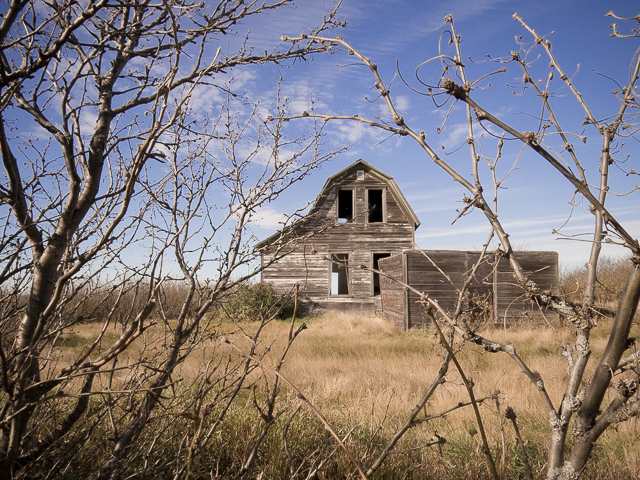
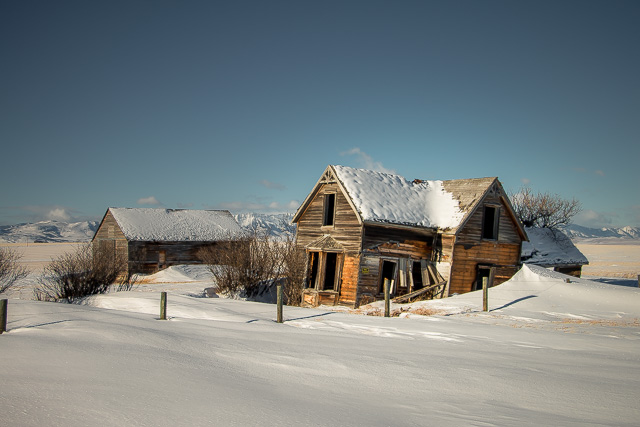
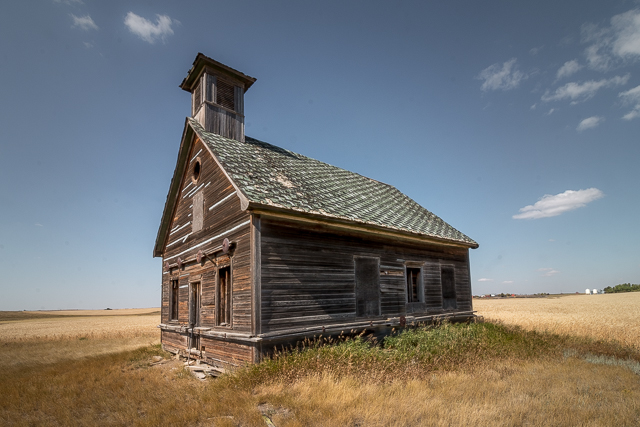
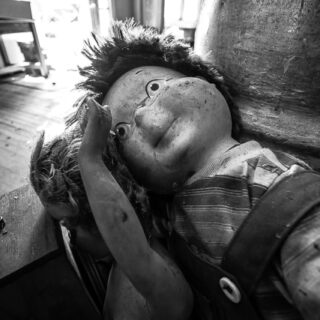
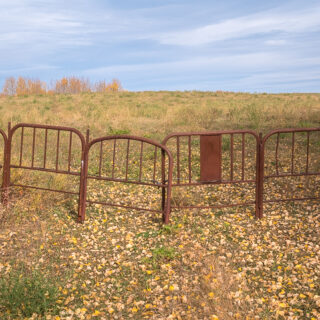
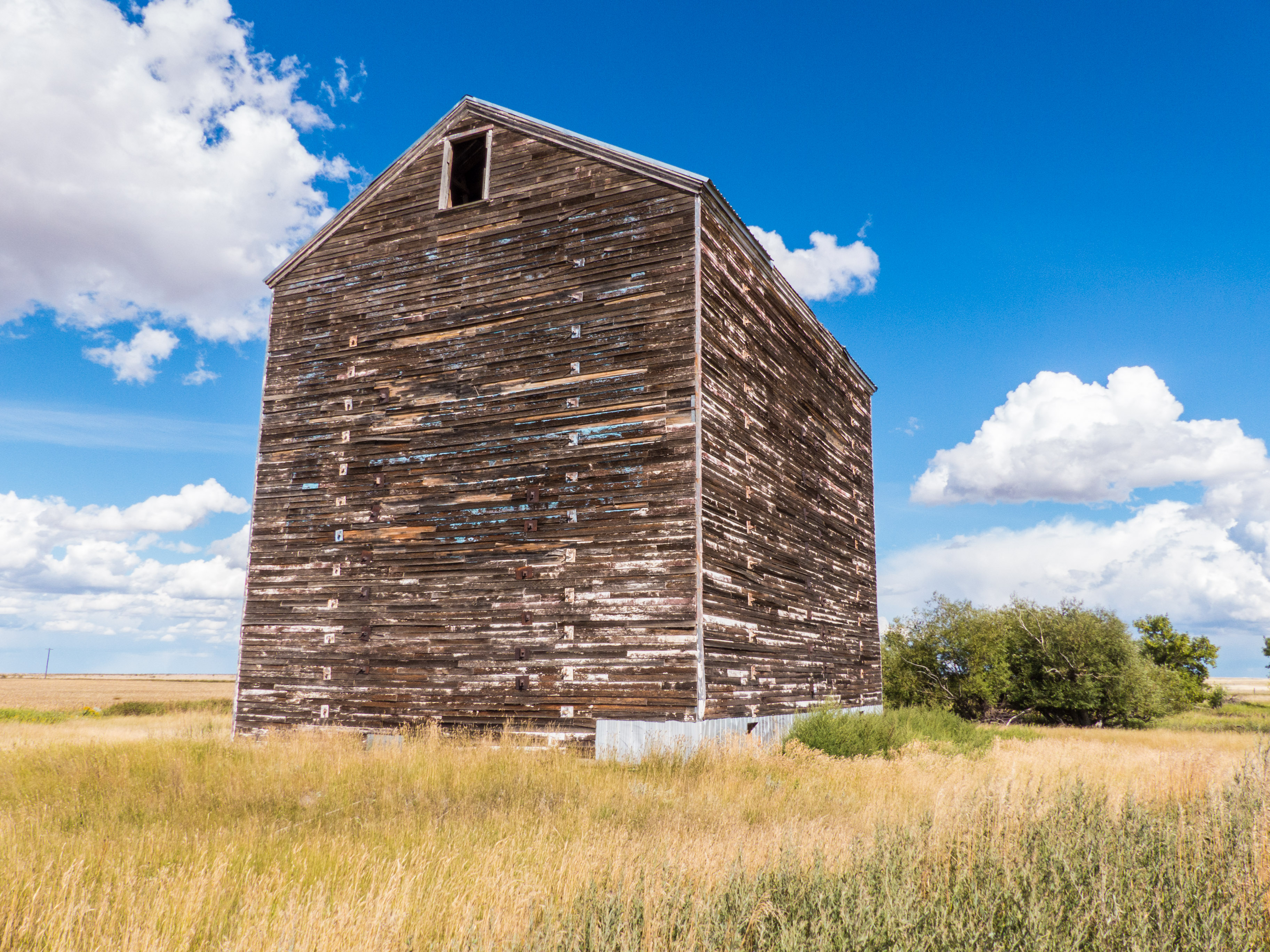
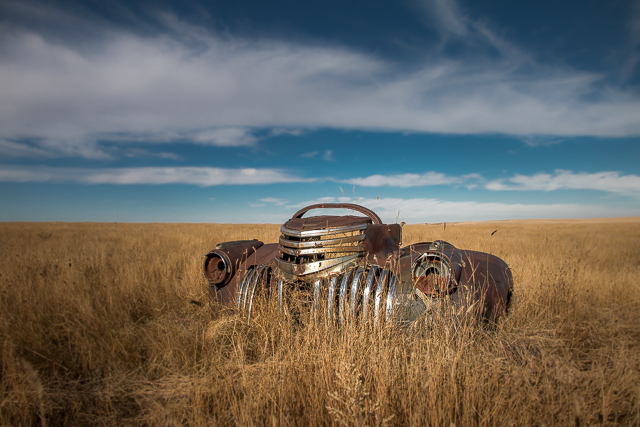
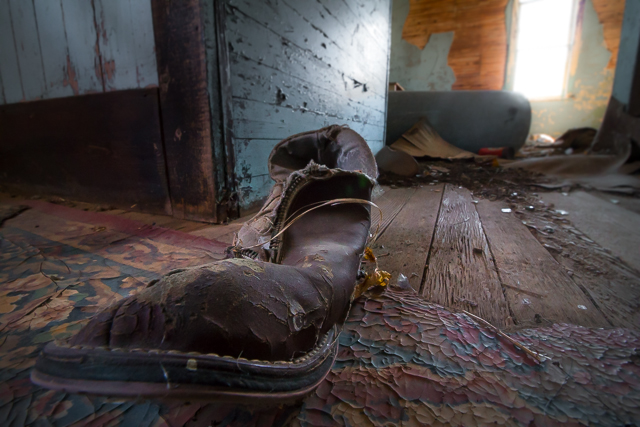
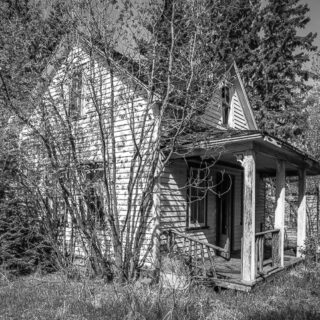
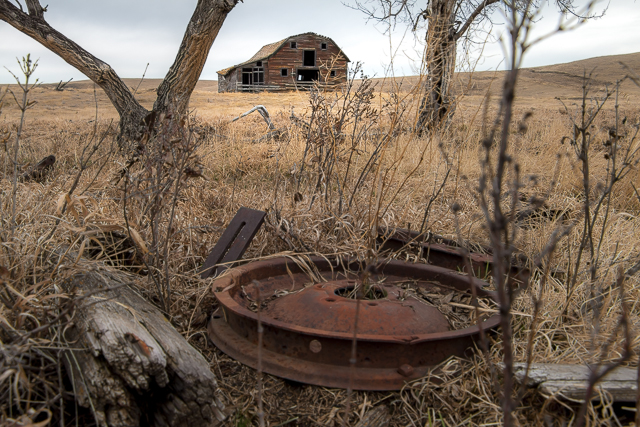
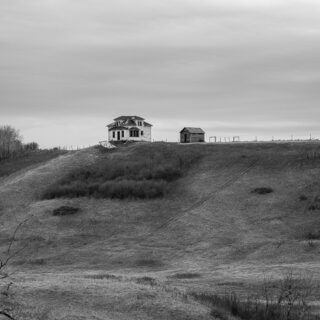







Abandoned but it sure makes a beautiful photo.
No argument here!
I remember one of those sitting in Dads yard.
Every old farm, it seems, has an old truck sitting out back. Toss it out over there and forget about it. Then years later it’s a wonderful photo subject for us.
Almost fell in a hole! That’s a nice shot.
One of the dangers of exploring, gopher and badger holes. Glad you like it!
For some farm families it was also the prime personal transport if they did not own a car. We got our first car on the farm in 1949 and I remember riding in the truck to go to town or visit neighbors/relatives. Most times in the cab, but occasionally up in the box. This truck was our prime transport before we got a car.
Riding in the box? I remember that too. Yes, many farms had only one vehicle, a truck, which had to be pressed into family service at times. You made due with what you had.
Very photogenic truck! I’d love to take some photos of it! Nice as well to get a train on the way home!
It’s a nice one. Tell you what, I’ll reach out to the owner on your behalf. And a train…I know! Life that day was good.
Much appreciated as always!
Another well written blog. It’s amazing how you can tell a story from just the remains of an old truck. To Connie all I can say is to get well soon. As I get older I find I more and more people I chat with are cancer survivors. Most don’t even find it that remarkable, it was just something that they had to go through. Hopefully in a couple of years you will look at this time the same way. An inconvenient and sometimes unpleasant time that is past and has no impact on the future.
Thank you Glen! Yes, just a little piece of the puzzle can tell so much. Appreciate you thinking of Connie and she’s handling it like the trooper she is. I never paid the C word much attention prior, even if I lost some family to Cancer (Lung – likely because they were all heavy smokers), but now I’m hypersensitive to it. I notice more people talking about it. You are correct, it has to be approached as just another thing, to be beat of course, but no different than doing the dishes. Or it will consume or overwhelm you.